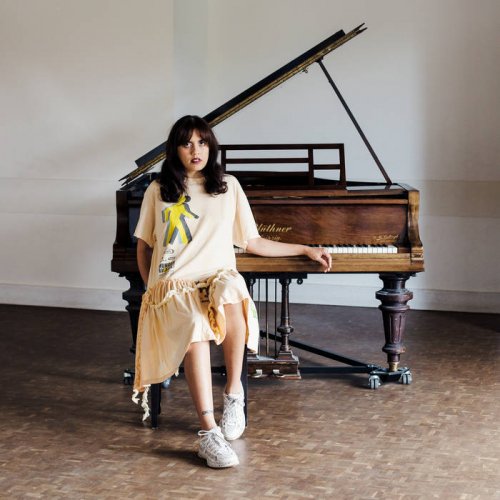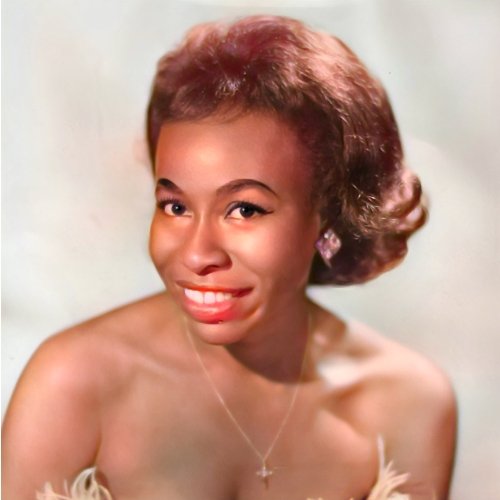Jasmine Wood - Piano Reverb (2024)

Artist: Jasmine Wood
Title: Piano Reverb
Year Of Release: 2024
Label: AD 93 – WHYT 074
Genre: Ambient, Alternative, Classical
Quality: 16bit-44,1kHz FLAC / 24bit-44,1kHz FLAC
Total Time: 34:35
Total Size: 105 mb / 270 mb
WebSite: Album Preview
TracklistTitle: Piano Reverb
Year Of Release: 2024
Label: AD 93 – WHYT 074
Genre: Ambient, Alternative, Classical
Quality: 16bit-44,1kHz FLAC / 24bit-44,1kHz FLAC
Total Time: 34:35
Total Size: 105 mb / 270 mb
WebSite: Album Preview
1. I (01:25)
2. II (06:52)
3. III (03:47)
4. IV (02:00)
5. V (It's Haunted, I Can Feel It) (04:46)
6. VI (Friends) (05:02)
7. VII (06:36)
8. VIII (Tremolo) (04:07)
When I first moved to Ireland I was unexpectedly met by thousands of vacant churches. Massive halls formed a hollow emptiness which persisted for several months that eventually turned into years. This record was made in one of those churches on an antique, Blüthner grand piano. I worked and recorded on this piano most days, for an entire year. While working on compositions within the modern-classical realm, I fell in love with the fullness of the reverb that each note echoed throughout the room. I eventually shifted my focus entirely and decided to record just the reverb sustained on the end of each note. I did this with a variation of chords and single notes, capturing only the sustain. All of the tracks on this album were made using these recordings.
The piano is over 100 years old. The age of its parts contribute additional elements which reflect their use and time. Its sustain offered a unique, imperfect timbre with an action occasionally finishing in a deep, low rattle. Sometimes this would cause problems while recording other works. Instead of removing this additional noise from all of my previous recordings, deeming them imperfect, I borrowed them all for this concept. I increased the length of each sustain, even some of the rattling, and wove them together like an orchestra. Very little has been done to change or manipulate the analog notes you hear on the recordings. My goal is to capture this piano exactly as it was in the space and time it was played in. Some notes are mildly stretched or pitch shifted, but most are not. These minor changes to some of the notes revealed a character within them delivering expressions that are unmistakably human to the ear. It was discovered through these sessions that the unexpected sounds mentioned - which occasionally pronounce themselves as an animalistic growl - exist. The piano is capable of producing them. Upon allowing many of the notes to sit primarily as their analog form, paired with some minuscule pitch and time alterations, it is evident that these “new” sounds are not manufactured by effects but simply revealed, or conjured during the process of this arrangement.

![Tom Cohen - Embraceable Brazil (2025) [Hi-Res] Tom Cohen - Embraceable Brazil (2025) [Hi-Res]](https://img.israbox.com/img/2025-12/18/vgt0kbsml69jbixcu67jkruae.jpg)

![Ready Player 3 - Ready Player 3 (2025) [Hi-Res] Ready Player 3 - Ready Player 3 (2025) [Hi-Res]](https://www.dibpic.com/uploads/posts/2025-12/1766128773_cover.jpg)
![Bryan Ferry - Bitter-Sweet (2018) [Hi-Res] Bryan Ferry - Bitter-Sweet (2018) [Hi-Res]](https://www.dibpic.com/uploads/posts/2018-11/1543491501_folder.jpg)


![Clifton Chenier - Bon Ton Roulet! (1967) [Hi-Res] Clifton Chenier - Bon Ton Roulet! (1967) [Hi-Res]](https://img.israbox.com/img/2025-12/20/a5svymspyands9f5esq020o3f.jpg)
